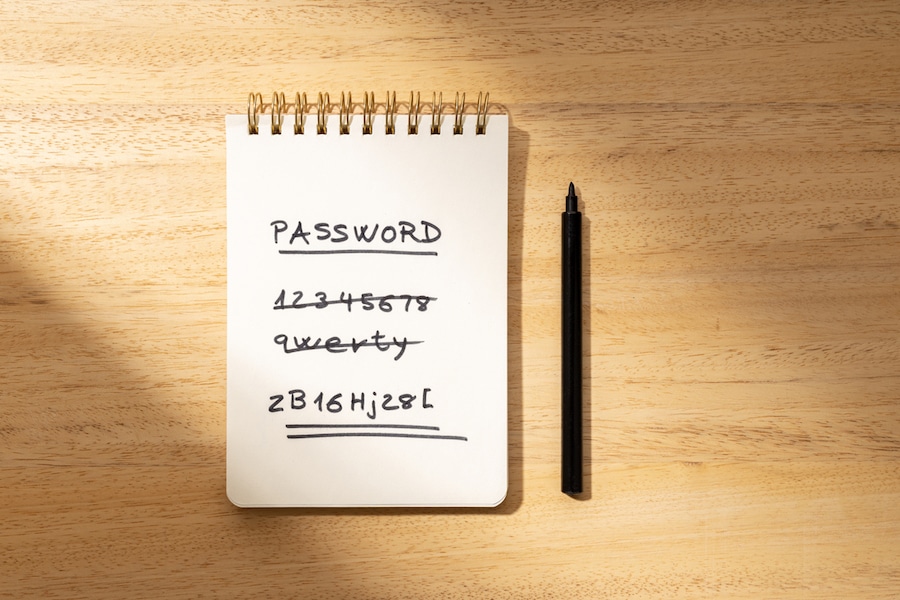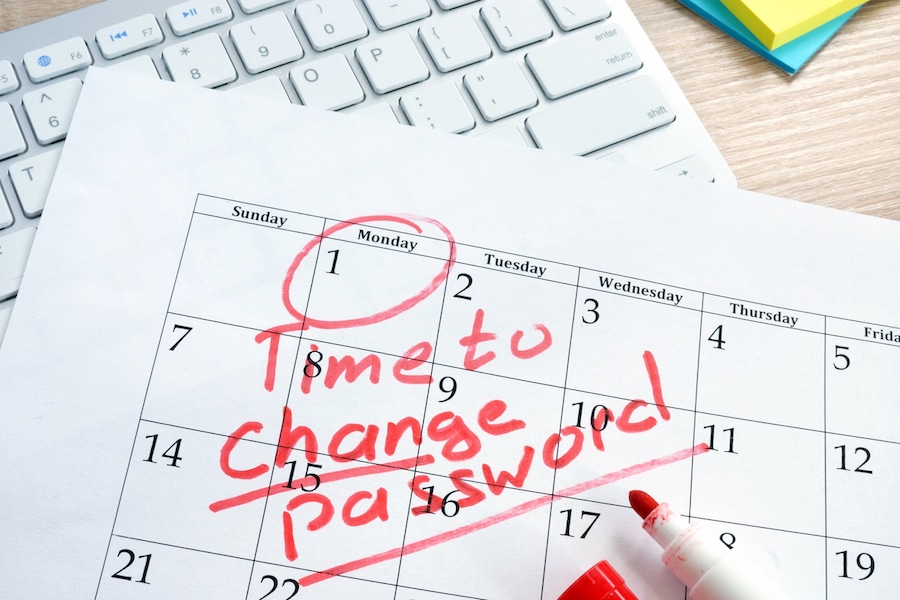Having to create a strong password can seem like a daunting task. However, do not fear! In this post, we’ll break down how you can effectively use various techniques to add both length and complexity to your password. Before we get started, it’s important to note that hackers are familiar with many of these techniques. Therefore, using a combination of these techniques will be your best bet. So, without further ado, let’s delve into the world of password creation.
Common Techniques
Capital Letters

The use of capital letters is a simple way to add a bit of complexity to your password. The best way to utilize capital letters is to methodically add them so that they seem random. For instance, we could just capitalize the first letter.
Password
But where’s the fun in that? Instead, how about we capitalize every third letter starting with the first letter.
PasSwoRd
Numbers

The use of numbers in your password is another easy way to add a bit more complexity to the mix. The best way to use numbers is to use them in place of letters or words. For example:
1 can replace an “I” or an “L” (In this case it looks more like a lowercase “l”)
3 can replace an “E”
4 can replace an “A” or the word “for”
6 can replace a “B” (In this case it looks more like a lowercase “b”)
0 can replace an “O”
Special Characters

The use of special characters in your password is yet another easy way to add some more complexity. Much like numbers, the best way to use these is to use them in place of letters or words. For example:
$ can replace an “S”
& can replace the word “And”
@ can replace the letter “A” or the word “At”
! can replace the letters “I” and “L”
Phonetical Sounds

The use of phonetical sounds is an easy way for you to add some complexity while still making it easy for you to remember. These will include letters and numbers that sound like other letters and words. For example:
Z can be used in place of an “S” to make a word plural
PH can be used to replace an “F” (Or vice versa)
U can be used to replace the word “You”

Hyphens
The use of hyphens is a great way to add length and complexity to your password with little effort on your part. The best way to use hyphens is to use them in between words within your password. For example:
This-is-kind-of-self-explanatory
A Needle In A Haystack

As a general rule of thumb: the longer the password, the more secure it is. The best way to add length to your password is to add a haystack. Serving as the icing on top of the cake, a haystack is a specific set of letters, numbers, and/or special characters that gets added onto the end of all of your passwords. The idea is that you’re building a haystack around a needle, which is your password.
While there are countless ways for you to create your haystack, one of the easiest ways is to base it on 3-4 keys that are easy to press in succession. For example:
1234
Now, what you’ll want to do is press those keys in order and then go back.
1234321
As the final touch, just hold down the SHIFT key to make your haystack go from a number sequence to a set of seemingly random special characters.
!@#$#@!
There you have it! You’ve just added 7 characters on top of all of your new passwords in about two seconds.
Let’s Build A Password Together

To create a strong password, we’ve got to start by creating a base for us to work with. Let’s say, for instance, that this password is for your Instagram account. So let’s base the password on this phrase.
“Let’s make a new password for Instagram”
Sounds kind of silly right? Well, we’ve got one last trick up our sleeve that’s going to clean that right up. Let’s keep the word “Instagram” for length, but we’ll only keep the first letter of the previous words and change the word “for” to 4.
Lmanp4Instagram
Now, we’ll use some of the ideas we came up with earlier to capitalize the n’s and change some of the other letters into numbers or special characters.
1m@Np41N$t@gr@m
Last but not least, let’s add in that haystack that we created earlier.
1m@Np41N$t@gr@m!@#$#@!
Keep ‘Em Changing

In the world of cybersecurity, it’s important that you be proactive and change your password regularly. Cybersecurity experts recommend changing your password every 3 months. Cybercriminals are very real and very prominent in today’s digital world. Therefore, changing your password often reduces your risk of security threats.
Additionally, as we just showed you, creating new, strong passwords is actually very easy and can even be fun! So, change your passwords often and keep yourself protected.
Never Forget With 1Password

As you’re creating strong passwords and updating them consistently, don’t forget to save them in a password management program such as 1Password. Rather than trying to remember all of your passwords, you’ll only have to remember one. Note that keeping your passwords in something handwritten is not the best way to stay safe and secure.
Additionally, 1Password will auto-generate strong, complicated passwords and save them for you. So, if you’re having a hard time coming up with a strong password, this will make it a quick and painless task.
Stay In The Know!
InsideOut Solutions creates a new blog post every week, so be sure to subscribe to our monthly newsletter to stay updated with our recent blog posts!
If you have any additional questions, please reach out. We’re here to help.
